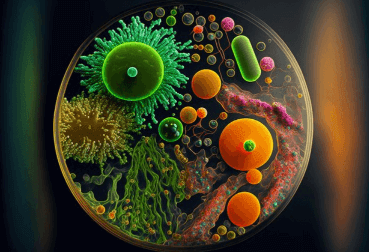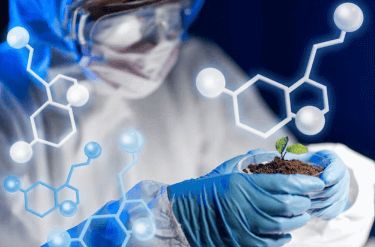Question
a.
hydrogen(g)
b.
Helium(g)
c.
Neon(g)
d.
Argon(g)
Posted under Chemistry
Interact with the Community - Share Your Thoughts
Uncertain About the Answer? Seek Clarification Here.
Understand the Explanation? Include it Here.
Q. In Calcium chloride, Calcium and chloride ions gain the electronic configuration of
Similar Questions
Explore Relevant Multiple Choice Questions (MCQs)
Q. The formation of ammonium NH₄ is an example of
View solution
Q. While forming magnesium oxide (MgO), magnesium
View solution
Q. In Al₂Cl₆ molecule, the ion pair of electrons are provided by
View solution
Q. Electrons needed by a carbon atom to complete its outermost shell are
View solution
Q. Resulting a loss of electrons (e⁻) forms
View solution
Q. AlCl₃ converts to Al₂Cl₆ at
View solution
Q. Intermolecular forces include
View solution
Q. In order to form an oxygen molecule (O₂), the number of electrons (e⁻) needed to complete the outermost shell are
View solution
Q. Compound that is electron (e⁻) deficient is
View solution
Q. In Calcium chloride (CaCl₂), chloride (Cl⁻) gains
View solution
Q. Sharing of outer electrons (e⁻) forms
View solution
Q. When metals combine with non-metals,
View solution
Q. Keeping in mind the ethane molecule (C₂H₆), the incorrect statement is
View solution
Q. In the formation of oxygen molecule (O₂),
View solution
Q. Oxide with ionic and covalent nature of bonding is
View solution
Q. The attempt in ionic bond formation is to
View solution
Q. Upon reaction of O₂ with metals of Period 3 elements, ionic bonds are formed if the
View solution
Q. The ionic equation O⁻²(aq)+ H₂O(l) → 2OH⁻. This will result in an
View solution
Q. The magnitude of ionization energy depends upon
View solution
Q. The ionization energy between last element of one period and first element of next period receives a rapid
View solution
Recommended Subjects
Are you eager to expand your knowledge beyond Chemistry? We've handpicked a range of related categories that you might find intriguing.
Click on the categories below to discover a wealth of MCQs and enrich your understanding of various subjects. Happy exploring!








